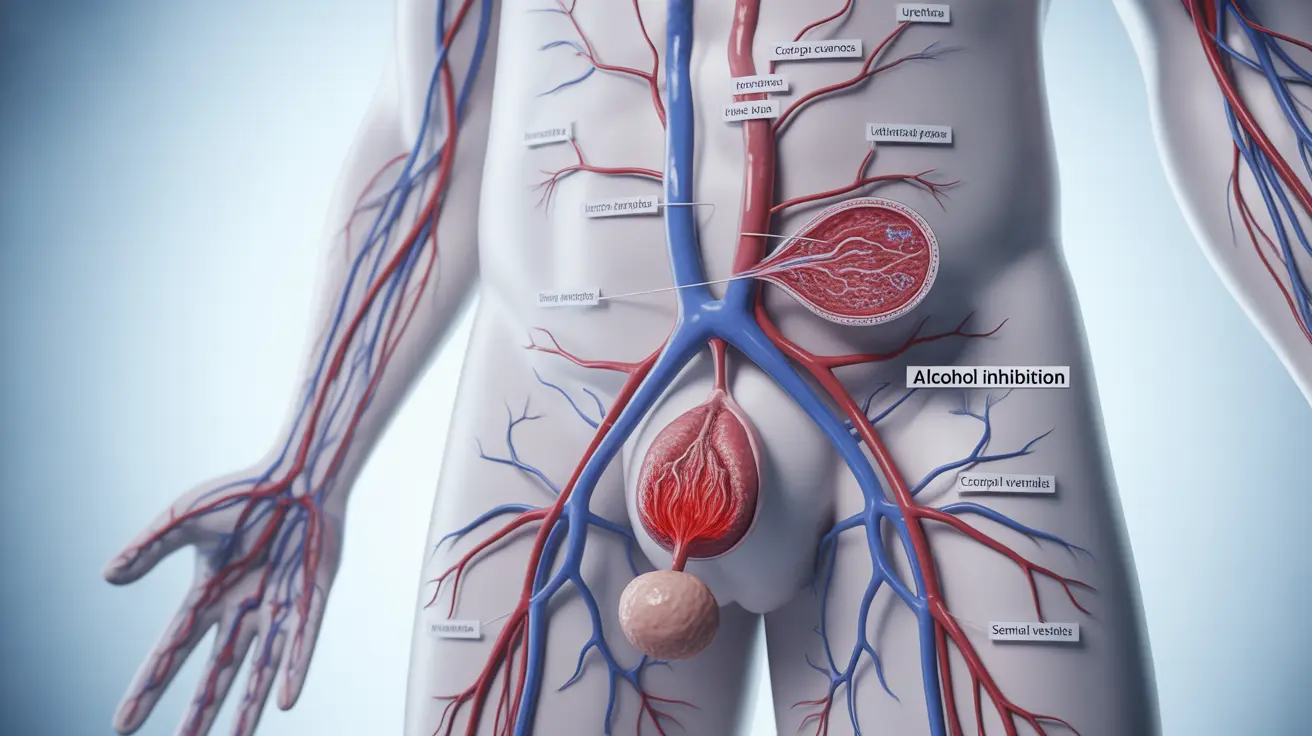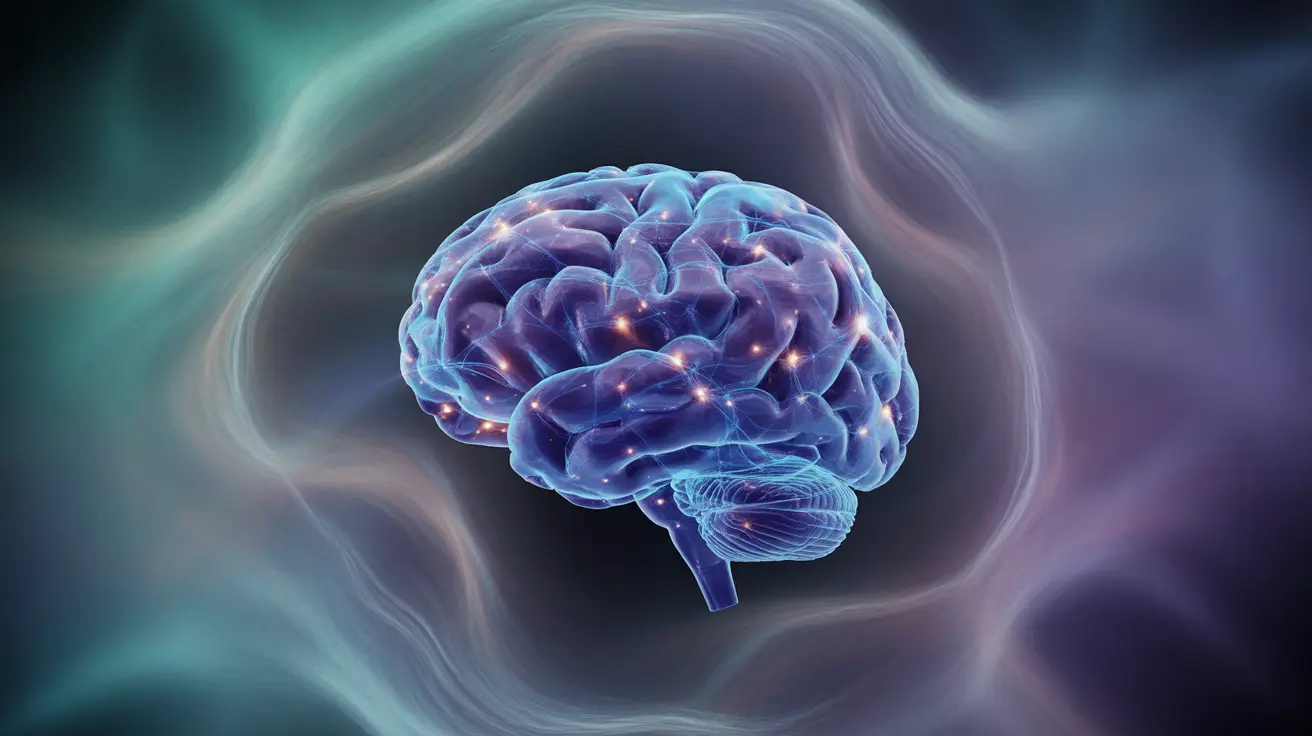Discovering that your baby is in a "sunny side up" position during pregnancy or labor can be unexpected and potentially concerning for expectant parents. This term, while sounding cheerful, actually refers to a specific fetal position that can impact the labor and delivery process. In this article, we'll explore what it means to have a sunny side up baby, how it affects labor, potential risks, and what can be done to manage this situation.
Understanding the sunny side up position is crucial for pregnant women and their partners as they prepare for childbirth. By learning about this fetal presentation, you can better communicate with your healthcare provider and make informed decisions about your labor and delivery options.
What Does "Sunny Side Up" Mean in Pregnancy?
A sunny side up baby, medically known as the occiput posterior (OP) position, refers to when the baby is head-down in the uterus but facing the mother's abdomen rather than her back. In this position, the back of the baby's head (occiput) is against the mother's spine, while the baby's face is directed towards the mother's pubic bone.
This position is less ideal for birth compared to the more common occiput anterior position, where the baby faces the mother's back. The sunny side up position can present some challenges during labor and delivery, which we'll explore in more detail.
How a Sunny Side Up Baby Affects Labor and Delivery
When a baby is in the sunny side up position, it can significantly impact the labor and delivery process in several ways:
- Longer labor duration
- More intense back pain for the mother
- Increased likelihood of interventions
- Potential for a more challenging pushing phase
The shape of the baby's head in this position doesn't fit as smoothly through the birth canal, which can lead to a slower and more difficult labor progression. Many women experience intense back pain, often called "back labor," due to the pressure of the baby's skull against the mother's spine.
Risks and Complications of Delivering a Sunny Side Up Baby
While many sunny side up babies are born vaginally without significant issues, there are some potential risks and complications to be aware of:
- Increased risk of perineal tearing
- Higher likelihood of assisted delivery (forceps or vacuum)
- Greater chance of cesarean section
- Prolonged second stage of labor
- Potential for fetal distress
It's important to note that while these risks exist, many healthcare providers are experienced in managing sunny side up deliveries. Your medical team will monitor you and your baby closely to ensure the safest possible outcome.
Techniques to Turn a Sunny Side Up Baby
There are several strategies that can be employed to encourage a sunny side up baby to rotate into a more favorable position before or during labor:
Before Labor:
- Optimal fetal positioning exercises
- Pelvic tilts and hip rotations
- Spending time on hands and knees
- Using a birth ball for movement and positioning
During Labor:
- Changing positions frequently
- Using gravity-assisted positions
- Pelvic rocking and swaying
- Hands-and-knees position or leaning forward
Your healthcare provider or a trained doula can guide you through these techniques and help determine which may be most effective for your situation.
Diagnosing and Monitoring a Sunny Side Up Baby
Detecting a sunny side up position typically occurs through the following methods:
- Physical examination by a healthcare provider
- Ultrasound imaging
- Fetal heart rate monitoring patterns
- Maternal sensation and pain patterns
Throughout pregnancy, regular prenatal check-ups allow your provider to assess the baby's position. However, it's important to remember that babies can and often do change positions, even in the late stages of pregnancy or during labor itself.
Frequently Asked Questions
- What does it mean if my baby is in a sunny side up position during labor?
If your baby is sunny side up during labor, it means they are head-down but facing your abdomen instead of your back. This position can make labor more challenging and potentially longer, as the baby's head doesn't fit as easily through the birth canal in this orientation.
- How does having a sunny side up baby affect labor and delivery compared to other positions?
A sunny side up baby can lead to longer labor, more intense back pain for the mother, and a potentially more difficult pushing phase. It may also increase the likelihood of interventions such as assisted delivery or cesarean section compared to babies in the optimal anterior position.
- What are the risks and complications of delivering a sunny side up baby?
Risks include increased chances of perineal tearing, higher rates of assisted delivery or cesarean section, prolonged labor, and potential fetal distress. However, many sunny side up babies are still delivered vaginally without significant complications.
- What can I do to help turn my sunny side up baby before or during labor?
Before labor, you can try optimal fetal positioning exercises, pelvic tilts, and spending time on hands and knees. During labor, changing positions frequently, using gravity-assisted positions, and pelvic rocking can help encourage the baby to turn. Your healthcare provider can guide you on the most appropriate techniques for your situation.
- How is a sunny side up baby diagnosed and monitored throughout pregnancy?
A sunny side up baby is typically diagnosed through physical examinations, ultrasound imaging, and sometimes through patterns in fetal heart rate monitoring. Regular prenatal check-ups allow your provider to assess and monitor the baby's position throughout pregnancy, though it's important to note that babies can change positions even late in pregnancy or during labor.




